Alejandro Aravena, renowned for his role in facilitating the recovery of a city struck by an earthquake and a tsunami, asserts that Participatory design transcends mere inclusivity and offers enhanced efficiency.

Despite recognizing the significance of public participation in urban planning, we delve into the persisting factors that hinder its optimal efficiency.

Conventional methods may not yield the desired effectiveness, necessitating a reevaluation of the tools employed for participation.
Barcelona, for instance, has already experimented with a digital solution called Decidim. However, the participation rate on Decidim stands at a mere 2.5% of the city’s population. This raises the question: Why are people seemingly disinterested in engaging with such platforms?
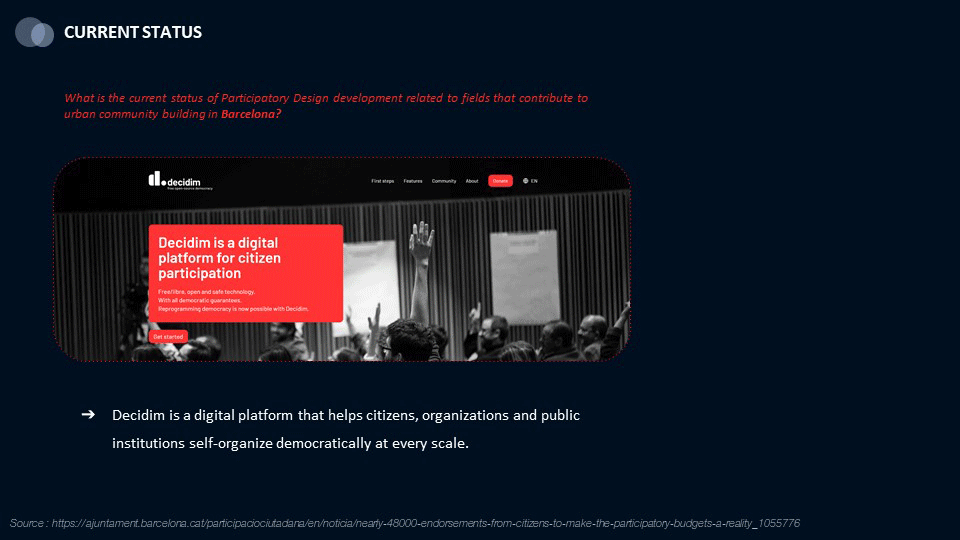
Let us delve into the issues associated with current participation processes. One prominent concern voiced by the residents of Barcelona is the tediousness of filling out extensive surveys, which often feel like isolated, one-time tasks devoid of any feedback loop. Additionally, the utilization of these processes predominantly for large, protracted projects poses a challenge. As a result, individuals find it unrewarding since they do not witness tangible outcomes. People desire the opportunity to contribute their own ideas and visions for their communities and witness the realization of at least some of those ideas.
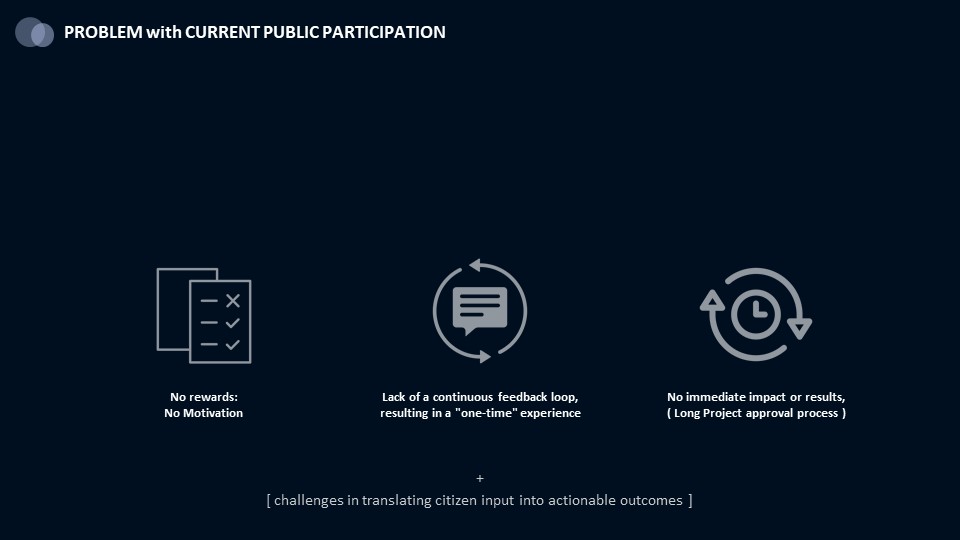
To address these challenges, one potential solution is to embrace the concept of gamification, thereby moving away from the mundane nature of surveys. By introducing elements of gamification into the participation process, we can inject a sense of excitement, engagement, and interactivity. This approach has the potential to captivate participants and make the experience more enjoyable and rewarding. By incorporating game-like elements, such as point systems, achievements, and collaborative challenges, we can foster increased participation and enthusiasm among individuals. Gamification offers a promising avenue for revitalizing the participation process and making it more appealing to a wider audience.


Now, why does gamification present a superior solution? The answer lies in the increased incorporation of feedback and the early initiation of interaction within the project. Unlike traditional methods, gamification shifts the focus from dictating what should be done to fostering collective agreement on what we should collaboratively undertake. This inclusive approach encourages active participation from the outset and promotes a sense of shared responsibility and ownership among all stakeholders involved.

Examples of Gamification in Urban Design
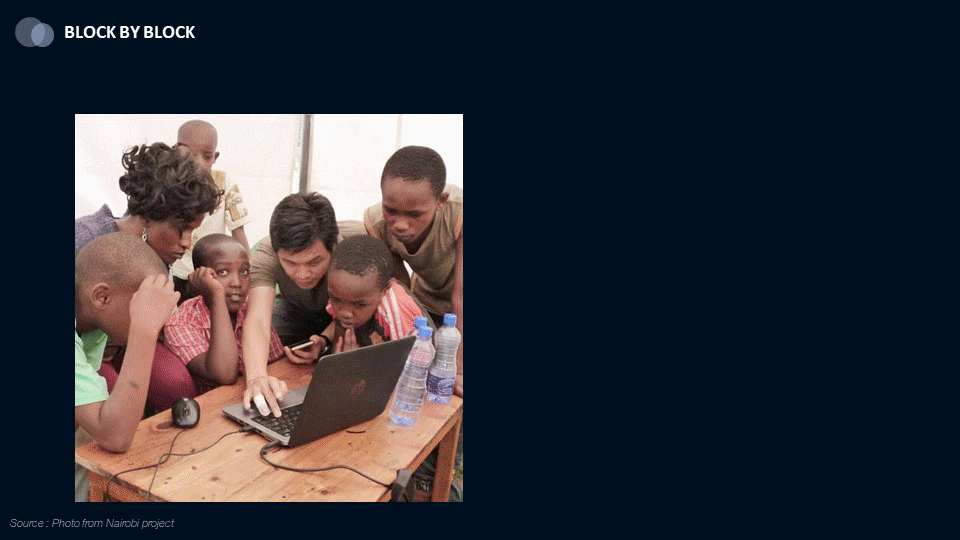
By harnessing the power of gamification, we can expedite the realization of outcomes. Employing this tool enables us to engage in playful exploration of small-scale intervention designs, which, in turn, enhances urban vibrancy within a city. This approach accelerates the pace of progress, allowing us to witness tangible results more swiftly. Gamification serves as a catalyst for generating innovative ideas, fostering collaboration, and actively involving community members in shaping the urban landscape, thereby contributing to a more vibrant and dynamic city environment.

Urban Vibrancy
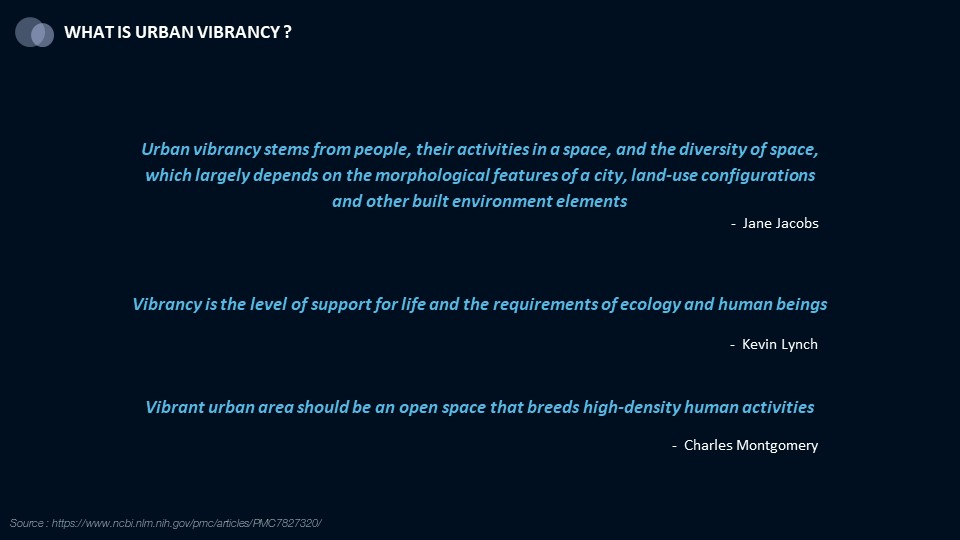
Drawing from their respective definitions, urban vibrancy can be categorized into four distinct sectors. These sectors encompass the key dimensions that contribute to the overall vibrancy of an urban environment.
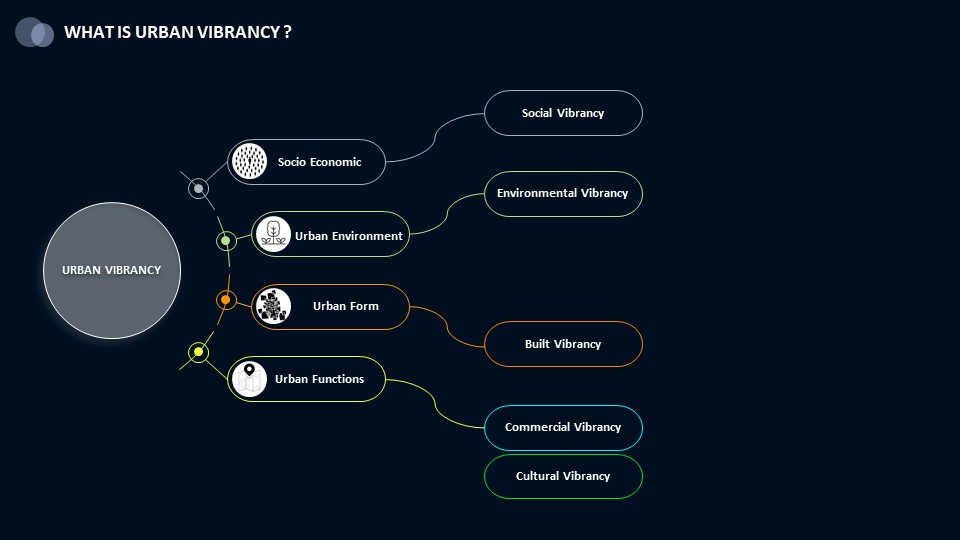
Thesis Statement
Traditional participatory processes in urban planning often exhibit inefficiencies, resulting in limited engagement and suboptimal outcomes. The proposed project, “GenCity” introduces a gamified approach to facilitate playing for small interventions and enhance participatory processes in urban design.
By integrating data driven elements and leveraging generative AI, GenCity aims to act as an intervention enabler, bringing together the stakeholders to collaborate in an interactive and efficient manner.
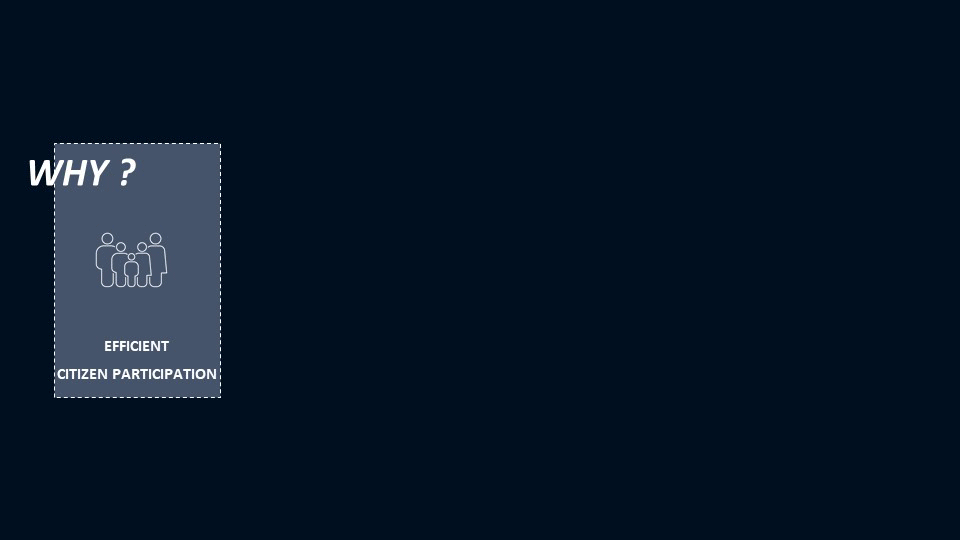
Where?
Urban Data Analysis
Our methodology for assessing urban vibrancy involves considering multiple dimensions of vibrancy and utilizing corresponding datasets. Specifically, for social vibrancy, data calculations are conducted on a neighborhood (barri) level. In contrast, for other vibrancy sectors, we have intersected the data with a grid overlaying the city of Barcelona. Through various processes and index formulas, we obtain values for each grid cell. Subsequently, these values are visualized individually in 2D and as vibrancy clusters in a 3D representation. This approach allows us to analyze and represent the different facets of urban vibrancy within the city.
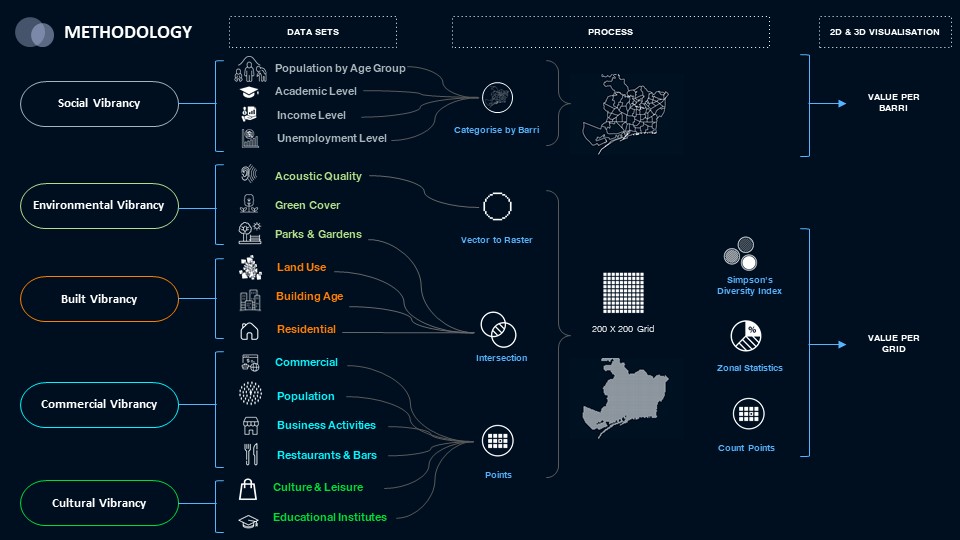
Social Vibrancy

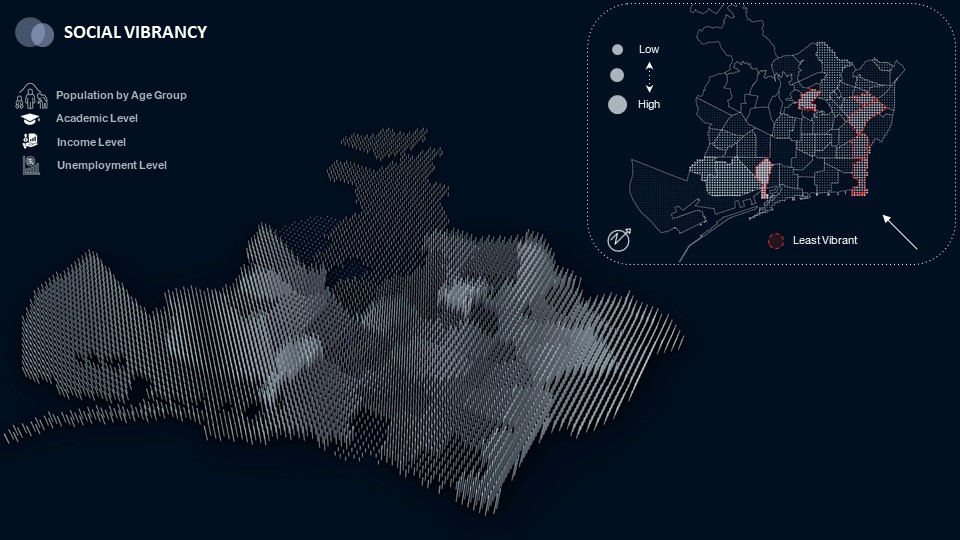
Environmental Vibrancy


Built Vibrancy


Commercial Vibrancy


Cultural Vibrancy


Typologies and Spatial Patterns
To make well-informed decisions, it is crucial to comprehend the variations or similarities across different areas of the city concerning these factors. Understanding how various regions of the city differ or exhibit similar patterns allows us to gain insights into the dynamics of urban vibrancy.
Methodology
In our analysis, we utilized the same datasets and applied specific methodologies to obtain values for each grid cell. To facilitate the machine learning process, these values were subsequently normalized. We employed the k-means clustering method to classify and group the data points into clusters. This approach allowed us to identify distinct patterns and similarities within the dataset, enabling a more comprehensive understanding of the urban vibrancy landscape across different areas of the city.
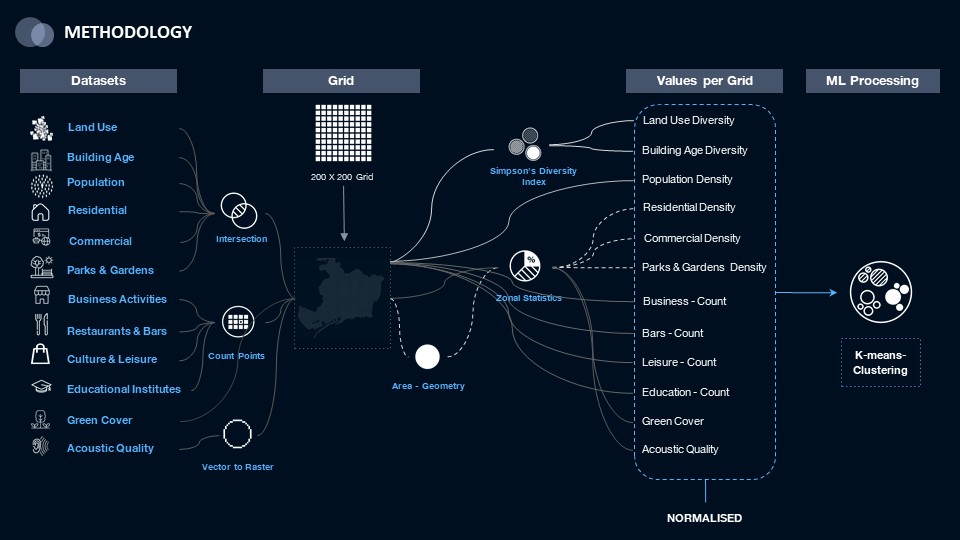

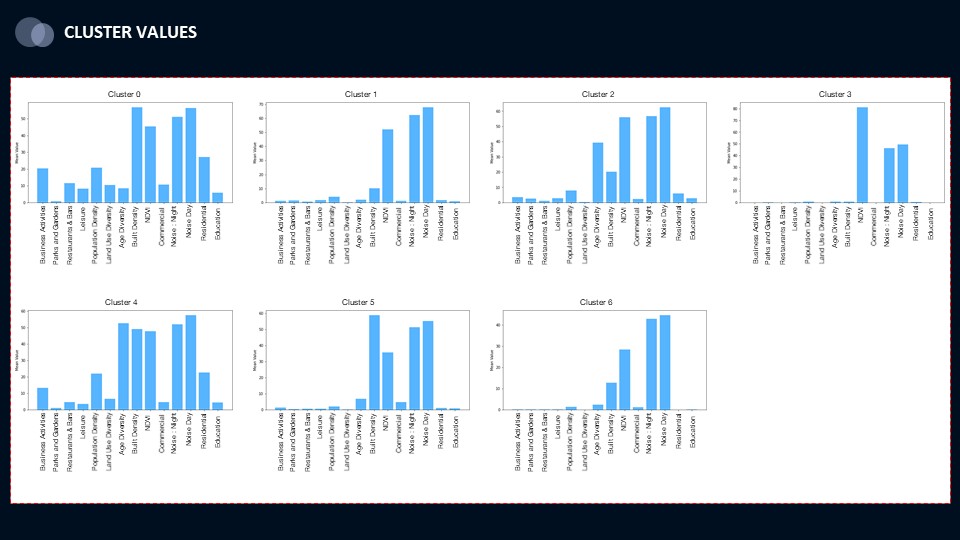
Conclusion
Through our analysis, we identified seven distinct clusters derived from the data. We closely examined the values of each cluster to gain deeper insights into their characteristics. One cluster stood out as a particularly interesting case study: Cluster 2, characterized by low levels of commercial vibrancy. This selection was made intuitively to allow for a comprehensive exploration of the dynamics within this specific cluster. By focusing our attention on this cluster, we aimed to uncover valuable insights and potential opportunities for enhancing commercial vibrancy within the identified area.
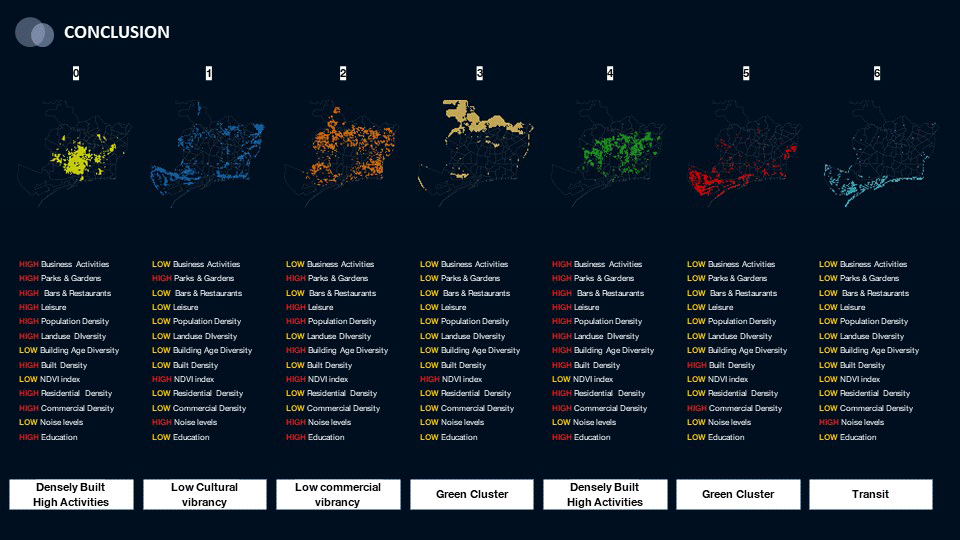

Data Sourcing : Game
The area of interest was further divided into a grid, allowing us to obtain specific factors and corresponding values related to commercial vibrancy within each grid cell.
In considering the design elements that could address the missing factors, it is essential to take into account the preferences and desires of the local citizens. For instance, while the low factor of business activities may suggest a digital screen as a potential design element, it is crucial to acknowledge that the citizens’ preferences might lean towards amenities such as standing desks and reliable wifi connectivity. This is where our tool, Gencity, plays a significant role.

In order to evaluate the commercial vibrancy within each grid, an analysis of factors such as bars, restaurants, and business activities was conducted.
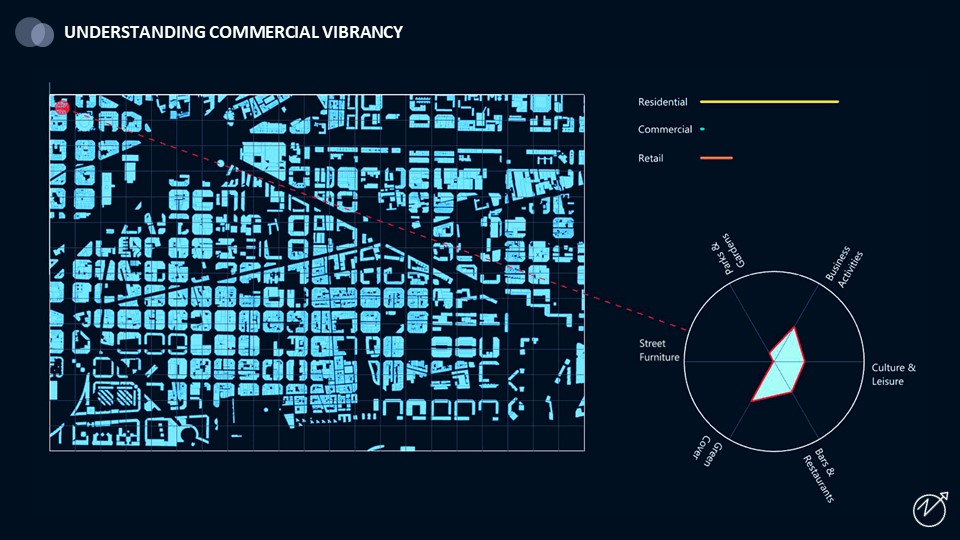
For each of these factors, specific keywords were established as design elements to address the identified gaps and enhance the missing factors.
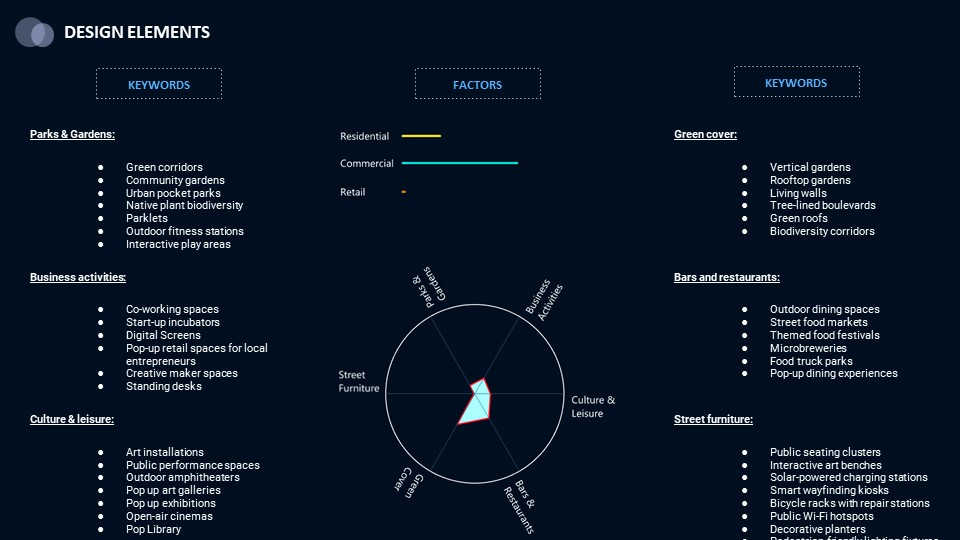
GENCITY – METHODOLOGY
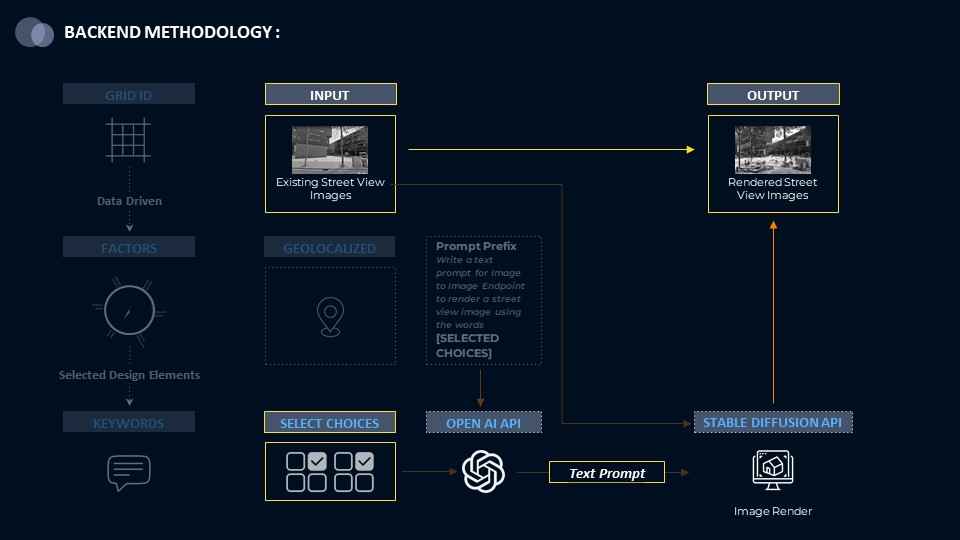
https://byyourlane.webflow.io/


Intervention Enabler
To transform the envisioned design into reality, several factors come into play, including the availability of resources, materials, and the necessary approvals. A key question arises: why would citizens actively participate in this process? One compelling reason is the incentives provided by institutions. By engaging with the game, citizens can receive discounts, tickets, and other utility rewards relevant to the participating institutions. For instance, if someone visits itnig and discovers that their monthly membership is reduced from $30 to $20 by simply playing a game that takes less than two minutes, it becomes an enticing proposition.
Additionally, contractors have their own motivations to participate. By engaging in such projects, contractors can benefit from tax exemptions in future larger projects. This incentive encourages their active involvement in the construction phase.
What do institutions gain from this collaborative approach? Firstly, they receive valuable insights and opinions from a diverse range of participants, essentially obtaining free market research. Secondly, they can attract more users and customers through their involvement in creating vibrant urban spaces.

Ultimately, the city council benefits from the active participation of its citizens and institutions, leading to the co-creation of a vibrant city. This collaborative approach fosters a sense of ownership and empowerment among citizens while building a stronger and more engaged community.
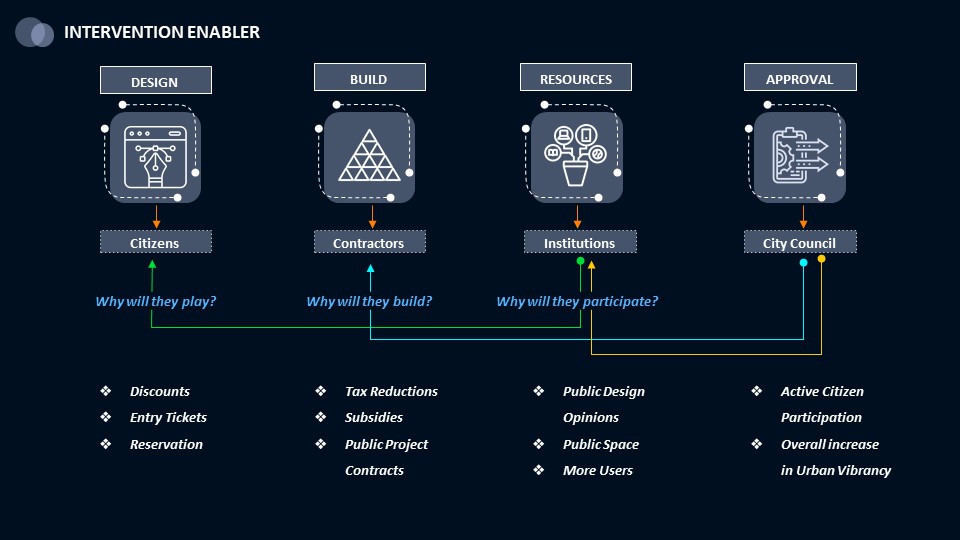
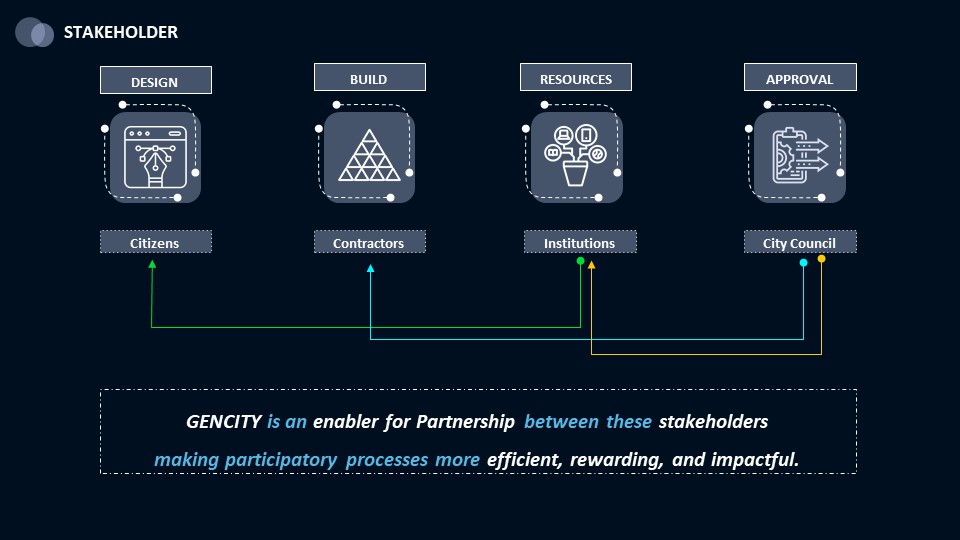
Vision
By gamifying participatory processes and leveraging data-driven insights, we empower communities to actively co-create their cities.
Our geolocalized data collection provides a deeper understanding of neighborhood needs and preferences, enabling targeted and effective interventions even in the future.
Through continuous engagement and the identification, we envision a future where urban planning is truly inclusive, efficient, and transformative.

